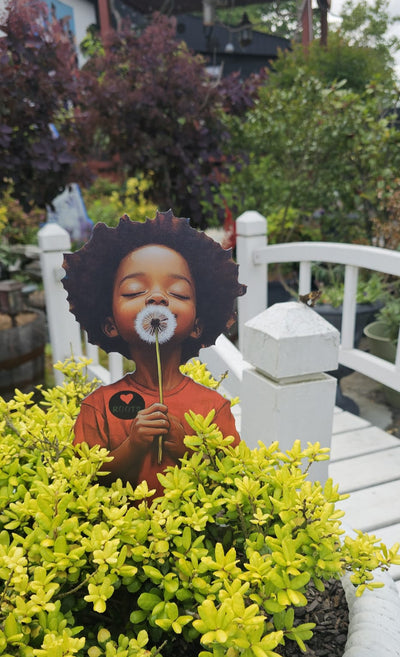BAIA BITS: Frederick Douglass
BAIA BITS
Born into slavery in Talbot County, Maryland some time around 1818, Frederick Augustus Washington Bailey lived an impactful life. As a youth, Bailey was chosen to live in the house of the plantation’s owners, one who was likely his father. When his mother died at age 10, Bailey largely taught himself to read and write. As a teen, he began teaching dozens of enslaved Africans to read the New Testament at their weekly church services. At age 16, Bailey beat down a notorious “slave-breaker” who, embarrassed, would never tell anyone or put his hands on the bold teen again. Bailey would ultimately escape his plantation and become one of the leading antislavery voices of the 19th century after changing his name to Frederick Douglass.
But wait a second… Frederick Douglass? The 19th century abolitionist? Right about now, you’re probably asking, “That’s cool and all, but what in the world does Douglass have to do with art?”
Well, the answer is more compelling than you might think, especially given that, just prior to the pandemic, SCAD Museum of Art in Savannah, Georgia ran a group exhibition titled “FREDERICK DOUGLASS: EMBERS OF FREEDOM.” Centered on the Frederick Douglass Family Archive from the collection of Walter and Linda Evans, the exhibit—part of SCAD’s growing collection of works by African American artists—included Douglass family manuscripts, letters, newspaper clippings, and photographs in dialogue with works by contemporary artists whose art aligns with the values championed by the legendary orator, suffragist, and vice-presidential candidate. These artists, among many others, included the likes of Jacob Lawrence, Charles White, and Betye Saar.
Douglass’ engagement with art ran even deeper. “In his work as an orator, author, and fierce intellectual, the abolitionist believed that not only words, but works of art, were tools in the path for freedom,” read the SCAD exhibit description. “As a prolific creator and collector of autobiographies, essays, diaries, poems, photographs, paintings, drawings, and sculptures – many of which now reside in the Walter and Linda Evans Collection and are included in this exhibition – Douglass ultimately believed in art as a means to individual and collective liberation.”
That’s right, Frederick Douglass, the artist; Frederick Douglass, the collector. While we are certainly aware of his superior writing skills, less is known of his personal collection of art preserved at his Anacostia home in Washington, D.C. where paintings and photographs depicting family, major events, and prominent Black historical figures adorn its walls. A self-taught violin player, Douglass also collected and displayed musical instruments and possessed an active interest in the nearby Corcoran Gallery of Art and its collections.
Though Douglass died in 1895, his passion for art—as represented by this quote from his December 1861 speech, “Pictures & Progress”—remains a significant part of his American legacy:
“Let the world be filled with music and pure works of art… pictures, images, and other symbolic representations, it speaks to the imagination.”
BAIA BITS are produced in part by the generous support of our Patreon members with a special shout out to Zadig & Voltaire.
























